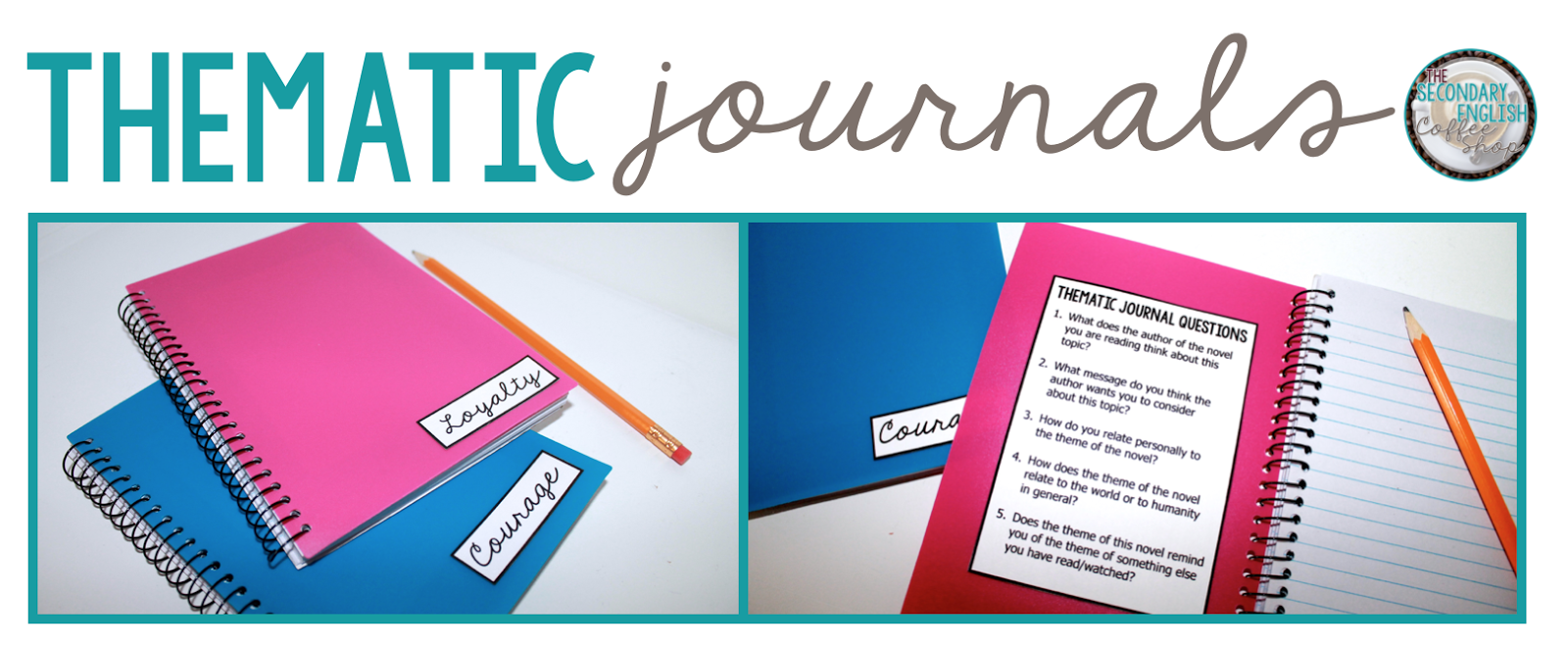When teaching a novel, I love to mix things up and throw in a fun, creative, or collaborative activity that engages students as they analyze and interpret the novel’s theme, characters, symbols, or conflict. This allows me to enhance my students’ understanding of the novel, and it gives them a break from the day-to-day routine of reading and reviewing that often accompanies novel studies. Providing students with fun and engaging, yet still rigorous, activities enhances their understanding and fosters a love of reading.
This is one of my favorite, go-to collaborative activities. Collaborative posters are a great way to review key concepts, analyze symbols and motifs, and brainstorm for essays, and they require little planning. Before class starts, write one character, symbol, setting, motif, or element from the novel in pencil in the corner of each paper. When class begins, have students form groups of 2-4 students, and provide each group with one of the pieces of paper. Then, instruct your students to record the item, information, and quotes from the book on the poster.
For this assignment, you can focus on the author’s use of symbols within the novel. You will select a variety of symbols in the novel and assign the symbols to different groups. It is okay if multiple groups are assigned the same symbol. Instruct each group to title their poster with the symbol, write as many details about the symbol as they can think about (this includes what it stands for), and record up to two different quotes illustrating how the author uses the symbol in the novel. I recently did this activity with my Romeo and Juliet unit, and it was a hit. The students were prepared for their essays, and they developed a deeper understanding for the play.
As an alternative to making posters, this assignment also works very well with post-it notes. Simply provide your student groups with multiple post-it notes, and have the groups write information on the post-its. Then, have students post the notes on the board for the gallery walk. This option is especially beneficial when you want to have a gallery walk, but do not have the time for making posters in the classroom. You can also read about collaborative brainstorming ideas in this blog post.
A fun and creative character analysis project you can complete in your classroom is a mock job fair in your classroom. To prepare for this activity, students either select or are assigned a character from the novel. They assume the role of this character and create a resume for this character listing strengths, accomplishments, and skills. To prepare for this activity, I usually teach students about resume writing, provide them with a list of power verbs, and give them a resume template.
After students create their resumes, I host a mock job fair in my classroom for one day. During the mock job fair students are assigned to one of two groups, and the groups rotate between interviewer and interviewee. The students assigned to the interview role are given a set of interview questions to ask their candidate. As the candidate responds, the interviewer records the responses. After the interview is over, the students switch roles. This is one of my favorite activities for my Of Mice and Men unit because the students get to explore the characters on a deeper level.
Once the activity is over, students write a brief argument piece about whether they would hire that character for the job.
After I read an essential chapter with my students, I like to take a day or two to reflect on the reading, analyze what happened, and make sure that my students understand the importance of what they just read, and a creative comic strip assignment is ideal for this. One of the best times to assign this activity is right after a major conflict or at the peak of the story so that students can really analyze the novel's conflict. I like doing this activity with my students when we read Fahrenheit 451 because it helps them understand the conflict more.
When assigning a comic strip assignment, make sure students focus on more than just drawing pictures by requiring them to include quotes from the novel as their dialogue. In addition to quotes, students should also write narration, cite their quotes in MLA format, and dedicate an entire box to the novel’s conflict.
For more fun, yet rigorous, activities that you can use with any novel study, check out my Novel Unit. This resource is 99 pages and is filled so many activities that you can use them throughout the year for multiple novel studies. From introductory activities to use before reading, to differentiated writing prompts with built-in scaffolding to use as you read, to post-reading cumulative assignments, and everything in between, this novel unit is my go-to resource when I'm in a pinch and need an activity. Click HERE to check out this resource.
Here are some additional resources to help you teach the novel!
The SuperHERO Teacher - Workbook for Any Novel Unit Study Grades 7-12
Addie Williams - Novel Study Package - Use with ANY NOVEL
Presto Plans - Assignments for Any Novel or Short Story
Secondary Sara - Chapter Study Guides: Student-Made Activity for ANY Novel




































































